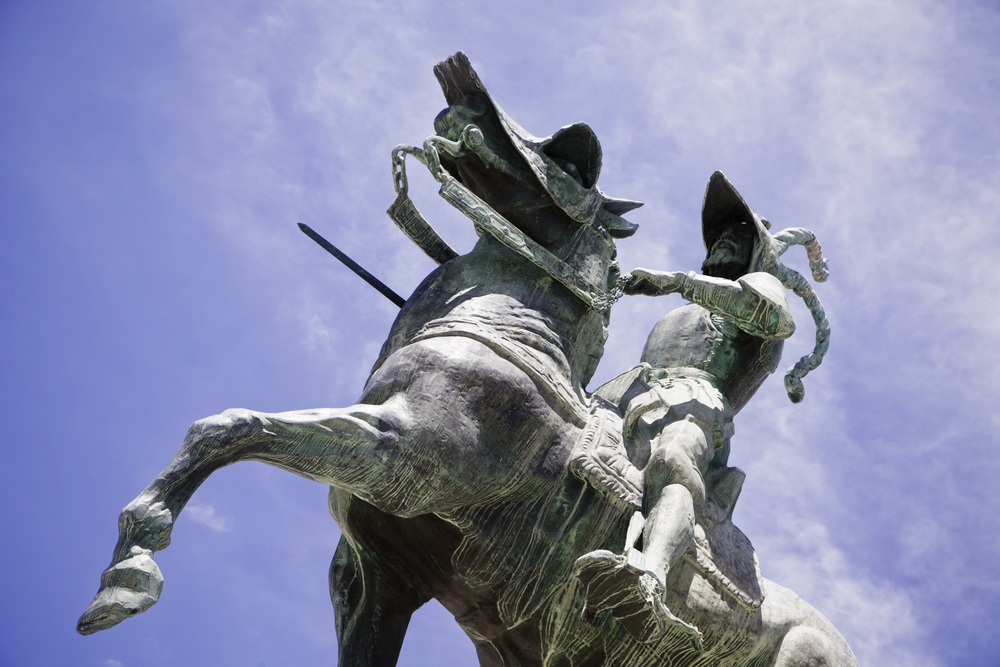Old English coins made from New World silver provide invaluable clues to monetary historians

Scientists have finally solved the mystery of what happened to all the silver bullion mined in the New World by Spain at its apogee of power.
According to Science News chemical studies performed by French scientists on old English coins dating from the 14th to the 17th centuries reveal that much of the silver which the Spaniards mined in the Americas ended up in British currency.
Annie-Marie Desaulty and Francis Albarède of the Ecole Normale Supérieure in Lyon, France were able to trace the origin of gold and silver in antique coinage by examining their “chemical fingerprints”, which consist of the composition of accompanying metals such as copper and lead.
The scientists examined 15 English coins minted from 1317 to 1640 and uncovered some startling information with respect to their composition and origins.
Starting in the mid-1550’s traces of silver sourced from mines in Mexico starts to show up in English coins. Around a century later silver from the notorious Potosi mines in today’s Bolivia begins to make an appearance.
The new study provides invaluable data to scholars of monetary history, as they can now establish concrete links between inflation and the introduction of large amounts of silver from the New World to Europe in the early modern era.
The Spanish Empire rose to prominence under the Hapsburgs following the discovery huge volumes of gold and silver in their colonial possessions in the Americas. The empire’s resource boon also sowed the seeds of its final downfall however, by triggering widespread inflation back home.
{{ commodity.name }}
{{ post.title }}
{{ post.date }}




Comments